The Realities and Challenges of LGBTQ+ Parenting
News
This week, myGwork hosted an open discussion on LGBTQ+ parenting, which explored the various challenges of becoming and being a LGBTQ+ parent as well as parenting LGBTQ+ children. Sponsored by Finastra, and moderated by LGBTQ+ Consultant Saski, the event featured employees from companies such as Marks & Spencer, Sanofi, Criteo, VF Corporation, AstraZeneca, and St James’s Place Wealth Management sharing some their LGBTQ+ parenting experiences and profound ‘kitchen table’ moments.
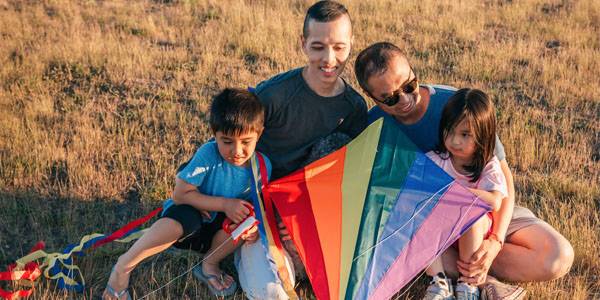
One of the hot topics covered was the routes available to the LGBTQ+ community to become parents, like surrogacy and IVF. AstraZeneca’s Gill Hayes-Bell described her wife’s and her IVF experience as “bizarre and surreal.” They did everything through the official channels in the UK, where “same-sex couples are entitled to one funded round of IVF treatment, as long as you've had six failed artificial insemination rounds,” Gill highlighted. They decided on IVF, sourcing the sperm donor from the same clinic. The highlight of the process “was actually choosing the sperm donor,” shared Gill. She likened it to a bizarre dating app and chose the donor based on traits such as personality, interests, and things that motivated him in life. Although they don't know the donor is, their daughter has the right to find out when she's 18, and they chose someone who was happy to be contacted by her should she decide to.
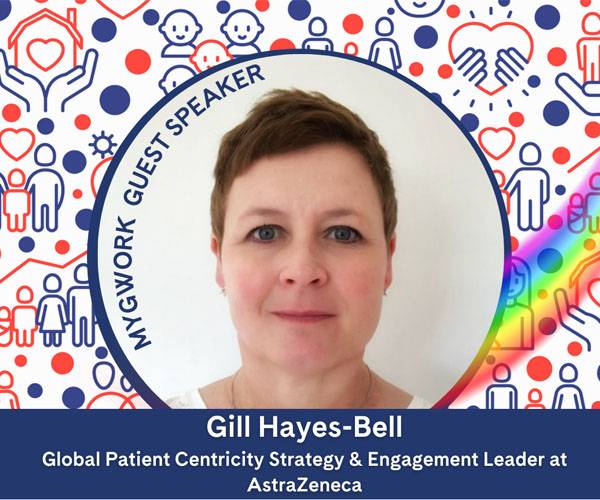
VF Corporation’s Jan Van Mossevelde described his IVF and surrogacy experience as a “four-year roller coaster, with insanely deep lows, very few highs, but with an amazing finish.” Both he and his husband are both biological fathers to their children who were born as twins on the same day through a surrogate mother, and a fourth party egg donor. “Like Gill, we also had that insane speed dating experience with donors,” noted Jan. “IVF comes at a cost – dare I even say an extreme cost.” They struggled with the fact that the process of making babies means that “you’re often involved with people in the business of making money. And sometimes those two objectives collide.”
However, one of the treasures in the process was their surrogate mum. “We ended up being matched to a surrogate who was living 40 minutes away from where we were going to live in the US,” shared Jan. That meant they could attend every single hospital appointment together, from the ultrasound to the actual birth. He provided a very frank and honest account about his experience, describing it as a “transformational experience, but the process itself was very tough one; a very emotionally and financially draining process.
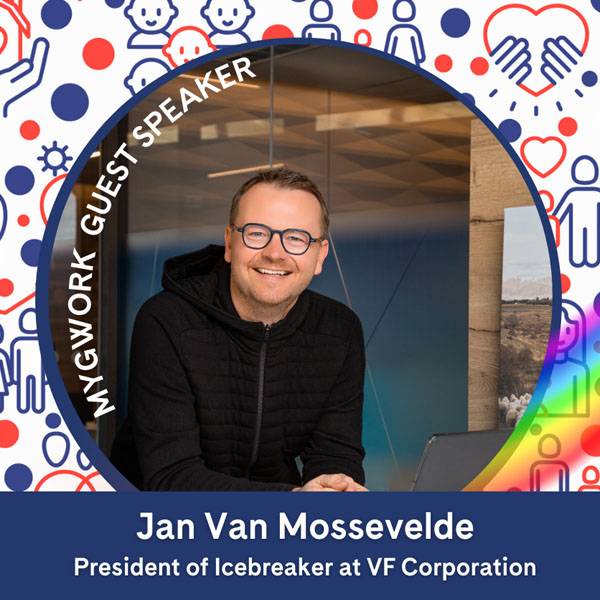
That said, “If you've got that little bug in your stomach, and dream of becoming parents one day, go for it. Don't let anyone tell you that you shouldn't,” added Jan. “Assume, until told differently, that it’s the most normal thing in the world. Don’t put up barriers within yourself, or fear what other will say or do? Just live your life!” Jan did and is now the father of four year-old twins. He also shared how his employer supported his parenting journey and how his colleagues threw him a baby shower.
Marks & Spencer’s Mark Bradford and St James’s Place’s Nicola Tempest-Hall shared the challenges of coming out their children, who were conceived in “straight” relationships, many years before he met his same-sex current partner. After his first wife died, Mark was left with two young daughters, he met his second long-term partner who he had another son with. When they parted ways, some 14 years later, Mark shared how he explored different types of relationships until he met his current partner who he is about to marry. After meeting him, he had the hard task of sitting down with his then impressionable 17-year-old son, and two adult daughters about coming out as gay and being in a same-sex relationship.
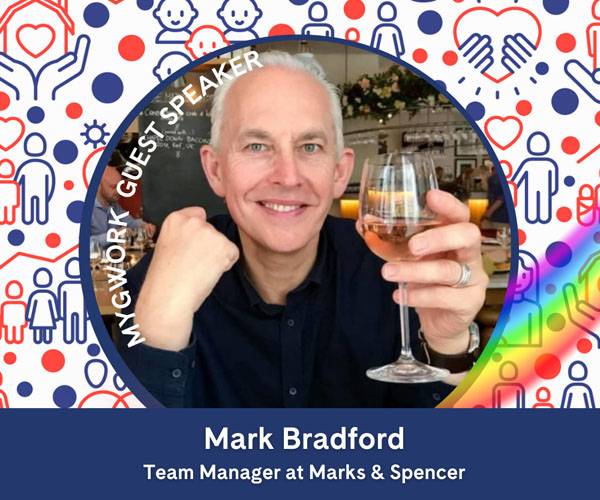
“The biggest struggle for me was to sit down and have that conversation with them,” Mark admitted. “My fiercely independent oldest daughter didn't take it very well and went through long periods of time without speaking, which was an uphill struggle.” But his youngest daughter’s voice of reason and his partner embracing the birth of his grandson helped to mellow the situation with his older daughter. “She's now really excited about the upcoming Greek wedding like everybody else,” he shared.
Nicola and her partner also had children from previous relationships before meeting each other. Her two children were younger (two and six). But like Mark, her partner had a teenage son who was 13 at the time. “None of our children had much exposure to same-sex couples so we encouraged them to ask a lot of questions. My children’s friends thought it quite cool that they had two mums, but my partner’s teenage son found it more difficult,” shared Nicola. But they supported him through it by encouraging questions, and answering with truth and honesty, which also helped to build the confidence to deal with any backlash, bullying, etc.
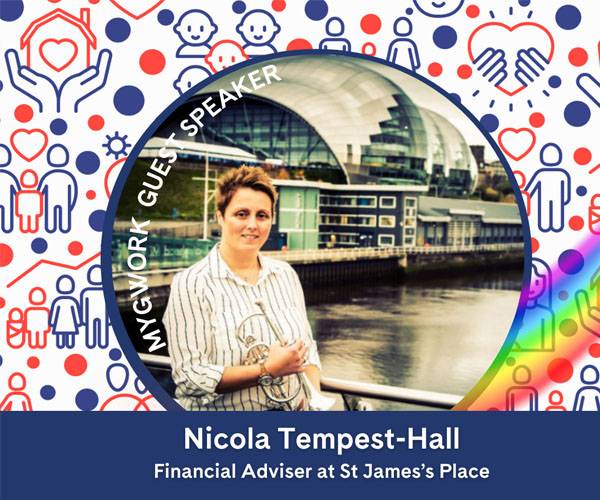
The panelists also shared how to better support LGBTQ+ children and understand the challenges that they face. Sanofi’s Suncere Hernandez shared how as a young girl having crushes on boys and girls and thought everyone else did, until she grew older and realized that wasn’t everyone’s experience. “I didn't feel like I could talk to anyone about it, even though my parents said you can talk to us about anything,” she reflected. “However, I wanted my kids to feel in their bones that they could talk to me because I can't imagine how scary it must be for a young person to have questions and not feel comfortable going to a parent or an adult, and then googling ‘what is transgender’, or ‘what does it means to be gay.’ That must be incredibly overwhelming. So I've always been very open with my kids.”
All her three children had their “moments of questioning,” Suncere shared. “When they did, I made sure they were comfortable conversations in a very safe space at home because I know that once they leave home, it's not going to be as easy and it's not always going to be a safe. My middle child has had the most extensive journey, and now identifies nonbinary, and has changed pronouns and has asked to be called a different name.”
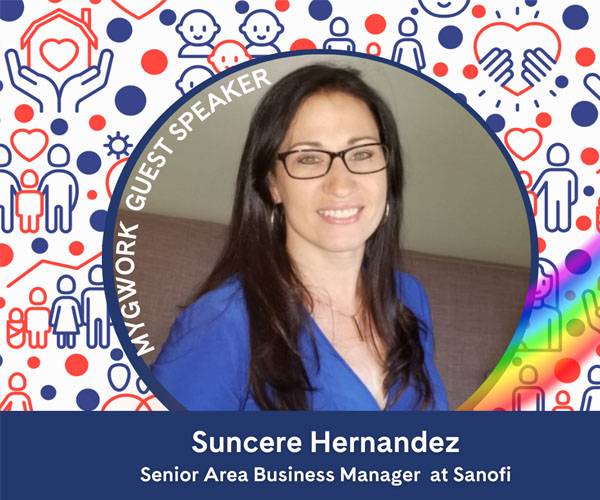
The panelists also offered sound advice on what workplaces can do to better support LGBTQ+ parents. Safe spaces for conversations are important because discrimination and stereotyping is still rife. People still automatically assume that you are in a straight relationship, if you have children. “So in my case, I always get so what does your husband do when I talk about my children?” shared Gill.
All the panelists agreed there’s still an awkwardness around talking about being an LGBTQ+ parent. Despite having come a long way, there's a long way to go, especially in terms of education around LGBTQ+ parenting. They all believe workplaces can do more to help by creating that visibility for non-traditional families and help navigate those conversations. Employee Resource Groups (ERGs) are a great place to start, they agreed. Having coffee chats or speed networking events, where people have the ability to get together that allow colleagues to actually share experiences and raise questions work well. “One of the things that we'll be starting during pride month is a campaign called ‘Just Ask’ where we encourage people, that don't understand something, to respectfully ask a question about being LGBTQ+,” highlighted Suncere.
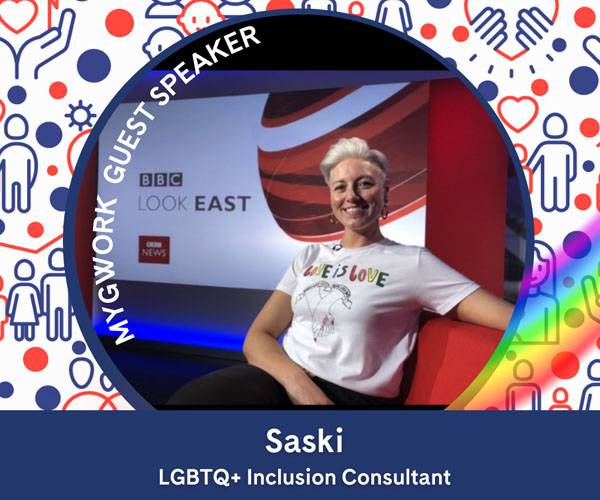
Saski believes getting confident with language, particularly around LGBTQ+ identities, is the biggest first step that organizations can take to educate staff and encourage open conversations. “Knowing the difference between having a respectful conversation versus intrusive questions, where someone oversteps the mark is also vital,” she explained. You can watch the full video of the panelists sharing their LGBTQ+ experiences and advice, here below.
Here are also a selection of more insightful LGBTQ+ parenting stories shared throughout this week:
- “Listen to Your Child and Support Their Individual Choice”: Nicola Tempest-Hall on Parenting
- My Life as an LGBTQ+ Parent: “The Journey Hasn’t Always Been Smooth, but There Have Been More Ups Than There Have Been Downs”
- “I Wanted to Ease [My Child’s] Journey – I Know Full Well How Scary Coming Out Is”: Agi Pihaj on Parenting in a Rainbow Family
- 7 tips for raising a transgender child
- Top Resources for LGBTQ+ Parents
- 9 Great LGBTQ+ Parenting Podcasts
- Respecting all families
- New Documentary to Highlight Discrimination, Injustice, and Suffering Faced by UK LGBTQ+ Families
- Parenting is a Wild Ride
